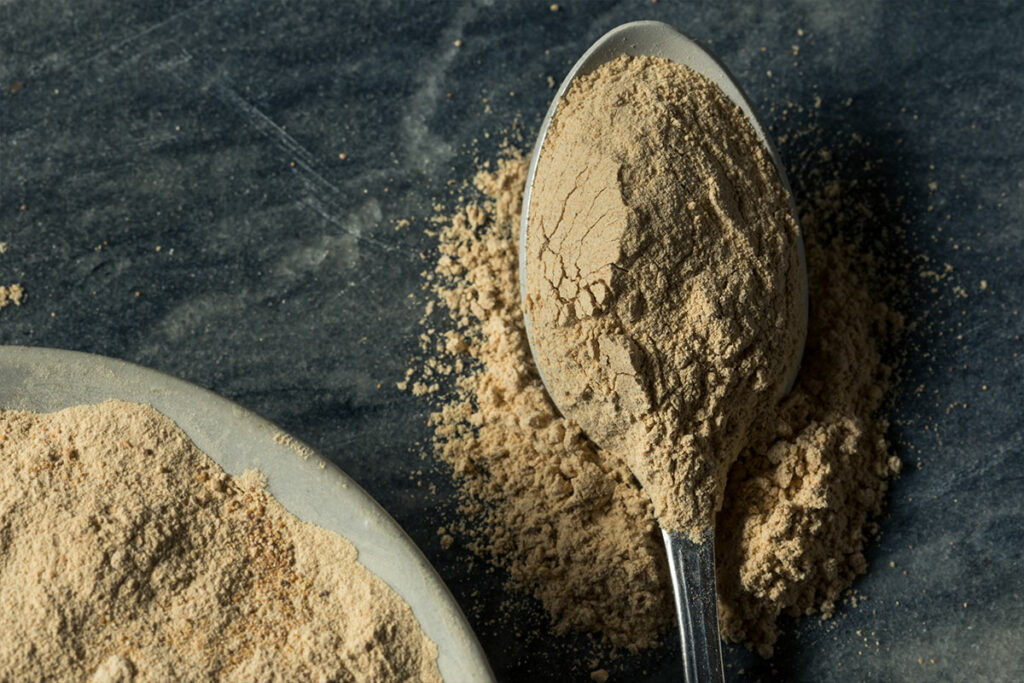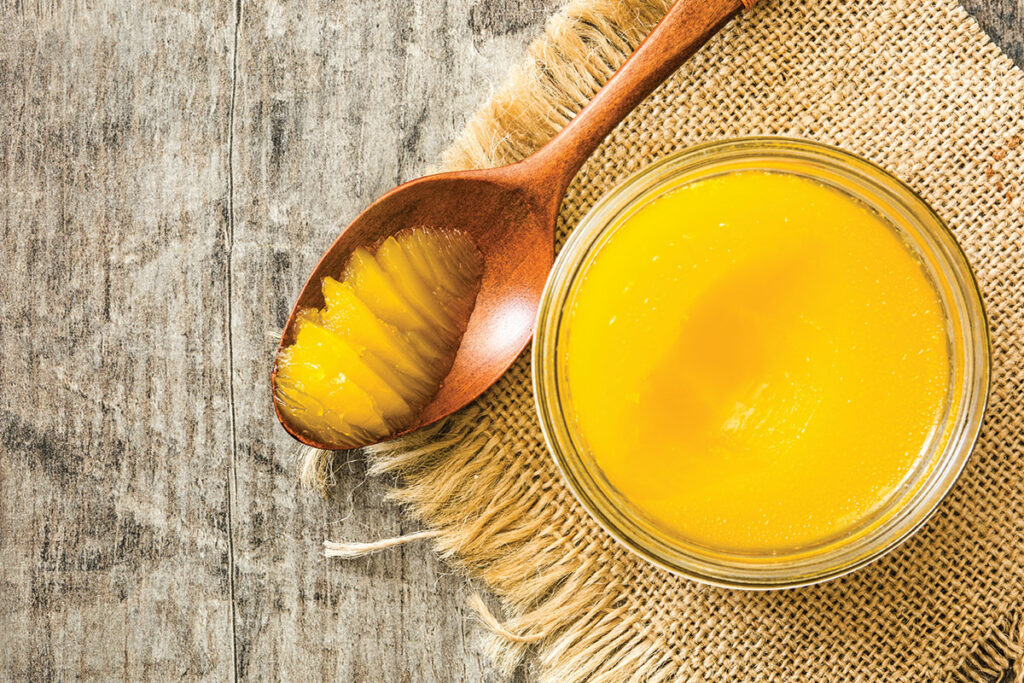Similar in appearance to a radish or a turnip, maca is indeed related to these common salad vegetables. They are all part of the brassica family, with other species including broccoli, cabbage, mustard and cauliflower. Maca is native to Peru where it grows only in the central Andes at an altitude of between 3,800 – 4,500m. This hardy plant provided an important food stuff for thousands of years to the local people, growing where nothing else would. Seeing maca thrive in such a harsh environment, the locals believed its consumption would help them do the same.
In modern herbal medicine, this activity is termed “adaptogenic”. Adaptogens are a group of plants that help the body adapt to certain environmental stressors. They are thought to act on the endocrine system and influence production of hormones. In this way, maca is believed to influence the hypothalamus and adrenal glands, thereby regulating production of stress hormones. Peruvians still use maca both as a nutritional food and as medicine. It is used to treat anaemia, premenstrual syndrome, menopausal symptoms and to boost the immune system. Importantly, maca was and is still used by Peruvians to improve fertility and virility. While science is still in its infancy and more research is required, there is a growing body of evidence to support these claims. It is thought that maca, through its adaptogenic activity, improves the body’s endocrine functions, including that of the sex organs and hormones.
It is not just men enjoying all the benefits in this regard. A study conducted on a group of post-menopausal women showed an increase in sexual desire, as well as improved mood and decreased levels of anxiety and depression.
This article is written by Cate Lilja, a Naturopath.


